|
INTRODUCTION Welcome to this third and final blog, all about procrastination, which seems at first, a simple thing, but when looking deeper it presents insights into the very purpose of why we bother to do anything. The three parts of this series are: Part 1: Understanding Procrastination invited us to recognise, investigate and understand procrastination in a new way Part 2: Just do it now looks at how we can see it at a deeper level and how we can head it off, quickly. Part 3: Turn the ship around (this blog) looks at addressing the source of our procrastination - habitual fear that we don’t know where we are going. This is formed by our associations and values, for which we need safe harbour to analyse and work on. This will involve training, time, awareness and forgiveness. It may seem to ‘take too long’ or ‘not worth it’ but my experience is that it is! And you may as well try and do what you really, really want anyway! WHAT DO YOU WANT? How we find out? One way is to deeply embrace ourselves; repairing consciously, to make ourselves shipshape and resilient in the long term, against procrastinating, and then choosing a course that is both more adventurous, interesting and simultaneously easier, because it feels right. To do this I propose burning new principles into our everyday habits so that they slowly integrate into our lives. Eventually everything we do will reflect the quality and direction that we have consciously chosen. “How you do the little things is how you do everything.” Justin Hughes  PREPARING FOR ADVENTURE (FROM A SAFE HARBOUR) Much like a ship, getting ready to sail on turbulent waters, we can prepare whilst in calm waters. If you don’t know what calm waters looks like then try getting away from your immediate environment and find somewhere hidden from the bombardment of daily life - get some real perspective! The myth of Orestes finding his cave is a good metaphor. There we can focus on:
1. CHARTING YOUR COURSEWant to have fun and be true to yourself? Want to get to the treasure of life and enjoy the adventure throughout? Well I think Ghandi left us a treasure map with clues: "Your beliefs become your thoughts,  TREASURE MAP In preparing, we can simply follow this treasure map in reverse order,starting with: Values- ‘The regard that something is held to deserve; the importance, worth, or usefulness of something. Principles or standards of behaviour; one's judgement of what is important in life.’ So our first step is to decide what you are for. DREAM Dreaming vividly, whilst feeling can be like a compass towards real experiencing. We have the magical power of imagination and we have the power to create beliefs, visions and desires that feel like reality. You can call this delusion or you can call it dreaming, this is just a choice of perception. If you don’t know what you want then allow yourself to dream and work backwards from there. If you want to go to space, what could be the easier dreams, the steps on the way to the cosmic dream? Allow playful imagination - get comfy and dream as if you were 10 years old! WRITE Start by writing it down. This brings it one step closer to reality and we can begin the process of discovering of reading it back, tweaking it, making it believable, more plausible and open to scrutiny. Eventually, with repeating this process we might discover or even create the reasons why we are here. If you’re interested in doing this now, you could start by answering 5 easy question - 2 minutes on each question - then once you are done Blu Tack it on the wall. Answer these ambitiously, but within the realms of possibility - you’ll just have to gauge that for yourself. The 5 questions: What do you want to…
"You gotta be before you can do, and you've gotta do before you can have." - Zig ZigIar MISSION This begins to shape up a Vision, Mission, Reasons and Legacy for you. You can tweak and adjust them, but at least you’ve begun to make sure you are going in a good direction. You know what you want and why you want it. You can elaborate on this every few months - make tiny course corrections. Then you can really start to think more clearly about the specific 'how', this forms the plan of action. I like to read back my mission and values every day. This burns it into my memory and allows me to ask myself “is this in line with my vision” whenever I spend time on work. I have my own mission, vision and reasons, which I laid out in my online manifesto. My personal ones are kept in my private files, some of which are part of the links at the bottom of the blog. 2. TRAIN THE CREW WITH HEALTHY HABITS AND CHECKLISTS
“Excellence is not a singular act, but a habit. You are what you repeatedly do.” - Aristotle. If you want to set in any healthy habit, I suggest:
Once the habits are set in they will serve you for a very long time. Make sure you tweak them occasionally - review them to make changes once every year. We also want to build your values into your habits. We can do this using affirmations and in the wording of the habits.
3. CHECK THE MANIFEST OF TOOLS AND RESOURCES: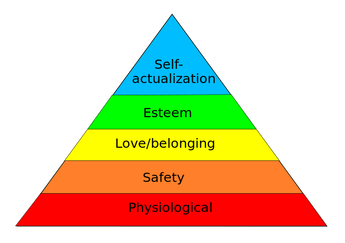 Maslow's hierarchy of needs Maslow's hierarchy of needs In order for our journeys to go well we must make sure we have provisions and tools. Tools help us fix things when they go ‘wrong’ and provisions are there to keep us going. They are our fuel. Your main resource is your presence and your passion, and those things emerge effortlessly from your habits and from the meaning you assign to this work (steps 1 and 2). BASIC NEEDS Your other essential resources are the basic physiological needs on Maslow's hierarchy of needs: air, food and fluids. For this reason make sure you have healthy foods and begin your work day by drinking plenty of water. Perhaps you can work these into your checklists, habits routines? (I use a tiny bowl of fruit/nuts to keep me going every day). Also take a breath before you start (part of the FLIT, described in Part 2). The importance of breath in bringing in the second need; a sense of safety, cannot be overstated. The breath tells the body ‘I’m safe’ if used well. If used unconsciously it often emits the opposite signal to the body. Control the breath for a moment and calm the mind. TOOLS This is one of the tools I pack on my voyage. Tools are important for when you get into trouble, but they therefore require practicing using them ahead of the time you need them. An effective tool in the hands of a practiced user cuts through the stress and recalibrates the machine. The most powerful machine in our work is our mind-body. The most common faults of the mind-body are stress from compulsive negative thinking - thoughts that get lost in fear-based fantasy. Here are three tools I use to combat this common problem:
If you are interested to learn any of these tools or want me to help you create your own please contact me. With these tools and resources we are establishing a sense of safety, working our way up the hierarchy of needs. When we have met more of these there is less resistance to starting our work and working well. The next need tops off the safety level and creates love and belonging, where you really start to enjoy your work. 4. ESTABLISH YOUR TRUSTED SUPPORT NETWORK 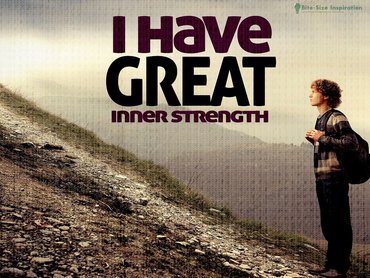 Example of a simple affirmation Example of a simple affirmation Establishing who you can trust when in troubled waters or during a mutiny is essential because if we allow ourselves to vulnerably share in our process and set up friendships where we can be seen, for whom we really are, this whole thing becomes a lot easier and lot more beautiful. Human connection is really what it is all about, after all. We are all in this together and if you can include others in your work, in a sharing, giving and loving way (not a demanding way) then you may find the saboteur of procrastination (which is trained and fueled by fear) may be eased and perhaps even dissolved by love. You may even begin to LOVE THE WORK! CHOSEN ROLES Part of this is thinking about the roles you have in life. I know I have 10 key roles, ranging from a mindfulness practitioner to a son and brother. I consciously think about and write down what kind of person I want to be in those roles, eg. ‘A caring mindfulness practitioner’, ‘a loving son’ and ‘a playful brother’. This seems simple, but it gets you to think about how you want to be in each role in your life. You can elaborate later, but start small - have a think now about your roles and write them down. YOUR FRONT ROW FRIENDS You will also have lots of friends, but amongst those friends we all have a front row - the few friends that you would trust your heart to and the ones you feel close to. It can be useful to remind yourself which ones these are. Write them down now. ESTEEM: BE YOUR OWN BEST FRIEND, FAN AND COACH The penultimate need is SELF esteem. With the list of roles and your front row friends you can internalise some of the things your friends are telling you, to encourage you. These are some methods I use:
CONCLUSIONS Coming back to Ghandi’s treasure map - we follow the line that values and habits leads us to and we start to realize that our subconscious and conscious mind now take care of things for us - we can relax and live through our actions, words and thoughts, safer in the knowledge that we have done all we can and we are on the right course. This all comes down to trust and confidence. Mindfulness can keep us noticing what we are doing that we don’t stray too far off course and once mindfulness becomes a habit that is as easy as brushing your teeth, then self expression flows into your work. Imagine the present self can thanking the past self for getting all this sorted. Right now, in fact, could you envision your future self-thanking yourself (as the past self) for preparing even ONE of these steps? Do it, now. Let me know how it goes and what you thought of this post. Feedback helps me. Bon Voyage! Archilochus - "we do not raise to the level of our hopes, we fall to the level of our training". 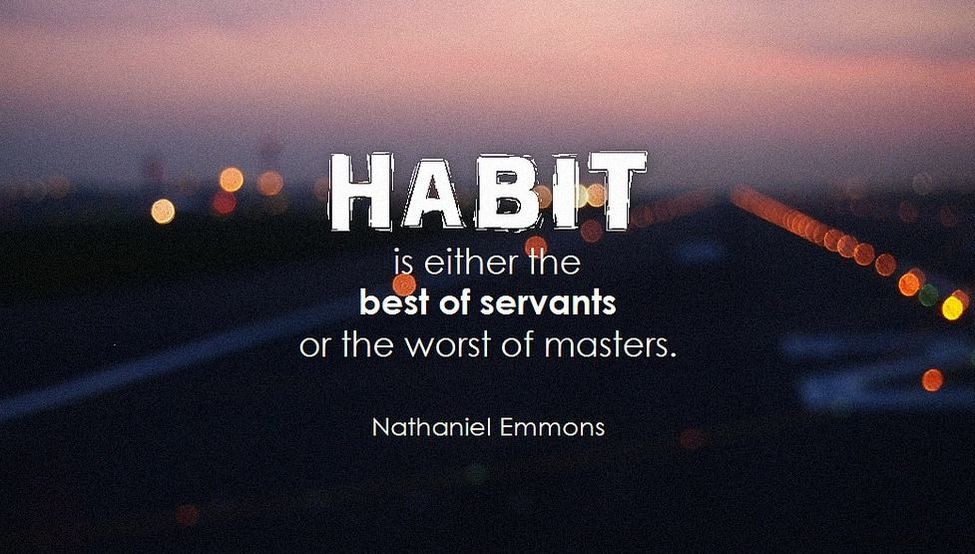 Finally some links I promised you: http://productivitygame.com/routines-morning/: A resource of inspiring blogs and self-help/productivity book reviews (with brilliant short videos). I use this often. The pomodoro technique: is similar to FLIT and allows to to measure your day differently. www.mariposacoaching.co.uk/workshops: Bristol locals can talk to Sarah if they are having trouble managing time and making better task lists. She runs courses and coaches individuals. http://sarahprout.com/start-here : If you want to set your intentions (be,do,have, feel) Sarah has created an amazing worksheet to work through. Takes a couple of hours (if you go quickly). The Miracle Morning book suggests 6 areas of focus for you morning routine, he calls Life S.A.V.E.R.S.(Silence, Affirmations, Visualization, Exercise, Reading, Scribing (journaling) https://www.neilstrauss.com/neil/healing-trauma/ if you feel severely traumatised and want to develop understanding see what you think of Neil Strauss’ look at trauma. My resources: A sneaky link that gives away all of my secrets. Don't tell anyone.
0 Comments
In Winter 2015 I went to a 10 day silent meditation retreat at the Dhamma Dipa Vipassana Meditation Centre in Hereford. I left on day 5 and here is my tale.
The retreat is free, you are invited to give a donation at the end. They give you a code of ethics at the start and you agree to keep to it. It involves
I also iinitially chose to go because I thought I needed that ‘medicine’. Perhaps, like a course of antibiotics, I should have finished it to fully ‘fix’ some of the issues I have, but I don’t think this is true. What was my experience? ARRIVAL I arrived at 5pm, dropped my wallet and phone in the glove box of my car. With only an overnight bag, a thermos, water bottle and meditation stool I walked through the ‘male’ entrance and into a large hall with tables and chairs and saw the ‘male registration desk’ straight ahead, with two friendly men sitting at it. I was feeling excited, but earlier in the day I had been nauseous and nervous and full of self-doubt. I registered and dropped my bag off in my room (room number B4 - which seemed ironic - I was staying in Be-fore). I had the room to myself, because my room mate didn’t show up to utilise the second bed. I went back to the registration area, which I also realised was the canteen. The room was full of men on one side and women on the other, all talking away but divided a movable partition wall, which was currently open and we could see the women in the other half of the room. I helped myself to a cup of tea and sat down. I started up a conversation with a young Japanese guy. He was an artist with an interesting tale and he had no prior meditation experience. Some more guys joined us at the table and we talked until 7pm when silence descended. The partition wall was closed off - no more contact with women. We were instructed; No more verbal, physical or gestured contact with each other. We were to maintain ‘noble silence’ and work as if working in isolation. We were to commit to staying the whole ten days. ROUTINE The routine consisted of waking up early (4am), heading to a large, modern meditation hall where we sat on our assigned floor spaces - women on one side of the hall, men on the other. In fact the whole complex was divided this way, and the men’s side including had a few buildings connected by covered walkways with little gardens - it was a cross between a school and a converted farmstead. In the meditation hall we could choose our own cushions from a large pile, but we weren't allowed to lie down or point our feet out (legs straight). We were told we could stand for short periods but were encouraged to try and maintain position for as long as possible, yet also shift it if we really needed to. We meditated for about 12 hours a day, with breaks for breakfast, lunch and tea. Within the 12 hours we had four blocks of meditation lasting about 3 hours each. Sometimes they allowed meditation in our own rooms during meditation hours but there was at least one hour in each block of time where we had to be in the hall and we received some instruction. At the end of every day we received a long video (the discourse). Whilst most of the time spent sitting was silent there was some guidance. Within the guidance and the videos we listened to the strange chantings / singing of an Indian man, S.N Goenka. He had some very odd chants and he would repeat instructions over and over again. I found it quite grating at times. Other times it was useful to remind myself of the basic practice. He would reiterate that it was all about the sentiment: “start again, with a calm and equanimous mind”. EARLY DAYS - THOUGHTS For the first three days all we did was focus on the breathing and sensations in the area in and below the nostrils. We were to ‘try’ and stay focused and not to get distracted. That’s pretty much the whole practice. The teacher was also available to ask questions - quietly, of course, and one-on-one. This 10 day course was designed to be a practical exercise, rather than a philosophical one - we were here to practice continuously and see what happens. I liked that, but at the same time my mind wanted to think. I tried to keep my mind calm and relatively clear all day long, but after the evening discourse, in bed at night, my mind would be whirring with lots of philosophical debate! Thoughts and pictures in my mind during the first two days were interesting and I grew to appreciate my mind a lot.Initially I saw things being played out on facebook! My mind was so attuned to facebook it was thinking in that way. Morals of films like Groundhog Day and The Shawshank Redemption was very present in my thoughts too: “Get busy living or get busy dying” popped into my head a lot. Shawshank also had a great quote which really came up, particularly when I was leaving the complex in the morning of day 5. The quote comes from one of the characters, who is set free from prison and is on his way to be reunited with his friend: “I find I'm so excited, I can barely sit still or hold a thought in my head. I think it's the excitement only a free man can feel, a free man at the start of a long journey whose conclusion is uncertain” Lastly the film Into the Wild had a poignant quote that was present for me: “Happiness is only real when shared” which I was now thinking isn’t true, because here I am, on my own and quite happy plugging away. It seems happiness is always here, waiting for us to enjoy alone or in company. IMPROVEMENT WITH FOCUS As time went on and I practiced diligently I realised that I was improving at keeping a calm mind and pulling my focus back to the object of my meditation, throughout physical and mental distractions. The phrases that the teacher said that helped me the most were:
WHEN NOT MEDITATING - IMAGINING When I was not meditating I was either eating in the mess hall, napping, walking in the grounds or using the bathroom (I showered and brushed my teeth A LOT). During these times I observed things whilst eating and noticed how my mind became busy, because of the visual and physical stimulus. I started assigning funny names to the other meditators, based on their appearance and it was causing me to giggle (a very sweet sensation giggling)… but the teacher told me “this was not in line with the practice - imaginative thinking was only adding fuel to the fire. I should to try to keep my mind quiet.” So giggling or laughing was not permitted - it disturbs the other meditators for a start. KEEPING THE PEACE Non-disturbance of others was a big part of the moment to moment practice. I witnessed how others moved carefully and how I preferred those people to the ones who moved loudly and clumsily. So I started moving slowly and carefully. It was an incredible change - i was enjoying every little thing more. Including nature - which because much more beautiful and without the need for meaning or labels to describe the beauty. I was able to just be with it, in pure enjoyment. OVER SIMPLISTIC? All this seemed easy in this place. That’s because everything else was taken care of. All I had to do was follow the rules, do the work and I even got fed and looked after. What started bothering me is that this wasn’t real life. I was thinking that ‘real-life’ is much more difficult and challenging than this and there are all sorts of decisions that need to be made, relationships to engage with, chores and mental work… how was this practice going to help with all that? It didn’t seem to have enough content to do that. This was my mind ‘forgetting’ that this was a retreat, a singular experience, not a whole life ethos - my ego was cleverly creating justification for a way out... PAIN I was also noticing that it was very painful to sit for more than an hour in any one position, especially with the prescriptions about not allowing straight legs on the floor. My knees had strong pain sensations, which were different from other pain sensations in my body. Something in my intuition said “listen to this pain Neil - react - stand up - or you’ll be damaged”. So I did and I decided that the awkward, floor-based positions were not yet for me. I wanted to practice the focusing exercises without the limitation of risking harming my body. I asked the teacher about this and he said “well we are not doctors, so change position if you wish, but the practice is to try not to be distracted and react to sensations, but to focus on the sensations, including pain, one at a time, in order.” I was also noticing other people limping and I began to think “This isn’t physically healthy - people are harming themselves by sitting still in positions that their bodies aren’t used to”. So after three days of putting up with the pain I decided to take a chair and I was able to sit still for hours. SHADOW BELIEFS I realised that the only thing stopping me getting more comfortable earlier was that I wanted to try to accept the pain and I thought it was cowardly and weak to get a chair. When I saw others opting for chairs I thought I was better than them. I also thought that they would be missing out on learning. It didn’t take me long to notice that this is a judgmental, arrogant and narcissistic thought pattern - I was really noticing what kind of person I was and what self beliefs I had. Clearly, somewhere within me is a judgement of weakness, which is at the root of my own self-hatred. There and then I simply chose to stop thinking in that way and choose compassion. It’s okay to have weakness; we are all doing our best. EASY BUT NOT EASY The practice was now straight forward and I enjoyed the silence and stillness and sensations. I did not enjoy the discourses, singing and teachings from Goenka - It didn’t interest me any more because something within the philosophy were some moral choices, inaccurate scientific observations and use of discouraging or inaccurate language which disagreed with my mind. This made the practice very difficult. So in a way it was easy, but difficult. My mind was the only thing making it difficult. EXPRESSING THE THOUGHTS- EVENING OF DAY 4 That night I wanted to write - to express something - to put my thoughts down. So I snuck out between evening meditations, to the car, and retrieved my phone. It was super exciting and I loved the thrill. I felt like a secret agent! The adrenaline pumping was a beautiful and intense sensation, which I sat through the next meditation experiencing. That night I wrote until midnight and felt a strong compulsion that I wanted to ‘get busy living’. I knew there would be judgements and I would be missing out on teachings, but I wanted to get back to my important projects and see the people that I loved and to dance and have sex! The only connection I’d had with another living being since being here was with a cheeky Robin who landed on my head! I craved connection. CHOOSING TO LEAVE I slept on it. In the morning I meditated for an hour; sensation, observation, enjoying the focus. After meditation I wrote a bit more and made up my mind. It was time to leave. I had a nap before breakfast. I showered and I ate. I saw the Japanese man that I had met at the start and wanted to get his contact details, so I snuck over and spoke to him (which I felt a bit guilty about - I interrupted his silence) but he happily agreed and wished me well. LEAVING I spoke to the teacher before leaving and he quickly realised that I was sure about my decision. He was very calm (robot like) and told me there was no need to apologise. I was asked to wait until 8am to leave - once people had started the mid-morning meditation. So I went to the nature area and walking track to wait. It was 7:45am and there was the most beautiful sunrise. The whole sky was red, the air was still, the ground frosty. It was like a frozen picture and I was slowly moving through it. I was aware of a clear mind. It was utterly beautiful. When I got into the car I put some Nina Simone on and drove home, smiling and singing some of favourite lyrics: “I wish I could share all the love that's in my heart...” and everything was perfect! I knew that from this moment everything would always be perfect, even if I was ‘wrong’ for leaving, I knew I was just going to enjoy my life. I was heading off to work on what was REALLY important to me and develop disciplines that would allow me to share this with others. But I don’t think so. I think I’m fine and the technique that they prescribed was an overly simplistic for my whole life. I don’t really want to be like the Buddha, sitting under a tree all my life. I want a balance - calm and chaos - because I recognise that a healthy human being is an emotional being as well as a peaceful being. But at the same time I can see how, in modern life, stillness and awareness are essential to living in a balanced way. Post rationalization I realise that I am a ‘yes’ person in life, and so, like Jim Carrey in ‘Yes Man’ I am often out of balance - I’m loud and expressive, clumsy and scattered. One of my biggest practices is to tune in and express clear and honest ‘no’s’ to things in life, so that I can choose where to put my attention - into things, people, places and actions that are in line with both my rational values and my heart felt instincts. Positive Action I can choose to re-balance and practice more careful mindfulness, more sensitive honesty, more self-enforced focus and discipline. I can’t do all of that by focusing on what I want - you might call it positive thinking, but I’ve learned that this is an art form which opens life up for you. I can only do it by positive focus - on what I do want. Because whenever we say yes to something there is always a natural no to something else. Focusing on what you don’t want only brings more of that. We have to make some things more important than others. In this, we have no choice, otherwise we stagnate and die. Ignorance of yourself, Indecision and dis-honesty with yourself causes me more suffering than anything else. I go through long spells of distraction away from this choice - the practice is to start again, as often as possible, without self judgment. Just do your best. Choose to see beauty One of my favourite philosophers, Alan Watts, says that a human being is just an expression of life/nature. I totally agree, Humans have evolved to have a powerful mind and in doing so the mind is able to conceptualise life and give it meaning and then the mind evolves further and realises the illusion of the self-created meaning and so it can go one of two ways - it can give up trying and die (because it perceives life as a struggle with no point) or it can give up struggling and enjoy life for as long as possible (because it perceives life as beautiful).The latter decision will allow positivity to grow and our species to thrive. The former attitude will lead to suffering, depression and death. Decide what you are for In making decisions and facing the consequences with the mind of an emotional being is to consciously remember and remind myself that I am loved and worthy exactly as I am. I have value in just my pure existence - I am gorgeous; I am flawed, I am scared, I make mistakes; I am beautiful in these ways and more. I can choose to accept all of me, because I now totally realise that good and bad are just labels that our mind creates. There is no ‘real’ deeper meaning. This is all just stuff happening and it’s not what you do, but how you do it; what your attitude is and what you choose to believe. And what if I don’t feel a strong yes or a strong no? Then let do nothing and let someone else decide or do something, it matters not, eventually - with some self-awareness you will feel a something, a strong desire. The monks at the Vipassana have chosen that for most of their lives they will meditate and feel the awareness without reacting. My view is that we are all ultimately drawn towards that place too, the closer we get to death. I don’t know what happens after death, but I feel it’s pretty close to what the monks are doing - coming together with themselves. They call it the ultimate enlightenment or Nirvana. Here’s what I believe - There is no ‘point’ to life. So why bother at all? Well, if you stagnate or commit suicide that will be the ultimate ‘missing out’. You’ll miss everything, all the fun, joy, love, lust, passion, learning, experiences, pain, ecstasy, sadness, heartache, excitement, fear, horror, peace, magic, connection and inspiration… I’ll pick one and go with it and my imagination with create the magic. I'm finding my own path as I walk. Positive lessons I learned: Life is beautiful. I’m enough - I’m perfect as I am. My mind attaches ‘meaning’ to things and that is the only thing that makes it ‘right/good’ or ‘wrong/bad’. Life is just a bunch of stuff happening and we are lucky enough to have minds with vivid imaginations to create. Or more eloquently put by Shakespeare: “There is nothing either good or bad, but thinking makes it so.” Balance in life is important so it’s important to stop once in a while, make sure that I know what my priorities are and adjust accordingly. I need hardship, stillness, focus and work as much as I need play, being, relaxation and excitement. Any choice I make is the right choice for me as long as I make it from a place of love and wisdom, not fear. I can choose to think and do anything and I recognise the fundamental important things to me are human connection, expression and support. An easy barometer for decision making is to decide if I am drawn to it - if I like it and if it is inline with my values. So here is an easy list of stuff I specific events and stuff I learned:
What I disliked and disagreed with?
Many, but at the same time, none that hold strong emotional charge around. The course was designed very intelligently and I realise now, with hindsight, that I allowed one of my core ‘monkey-mind’ traits to convince me that leaving was the best choice. That trait was fear of missing out, or FOMO. I allowed my mind to jump in and rationalise the whole philosophy behind the course and use it as an excuse to justify my leaving. I see the fallacy in my own disagreements about the philosophies within the course. I wish the course had stated more clearly that it is a course, not a routine to follow your whole life. It is an experience to provide contrast for your life. It is to help cultivate control of your own mind so that you can make calm, informed choices throughout difficult times and you can choose, in every moment, what you put your attention on and what you even think about. Then the moral choices will be much easier. At the end of the day all of these are excuses. I didn’t do the full work and now I have missed a rare opportunity to do that work in a single week. It means I will now have to weave that work into my life, organically, gradually and with some effort, with a weaker starting point than I could have had completed. If I had sat the whole 10 days I would be re-entering life with a stronger and more controlled mind and in some ways it would be easier to continue to carry forward into my life. However, I cannot be certain this is true. Leaving is a unique experience that has brought it’s own goodies and experiences. Right now I have lots of ‘bonus’ days-off to sit and contemplate, talk with mature and experienced friends, reflect and decide upon what I liked, learned, disliked, regretted and now committed to do in my life. So like all things it is even possible to accept my regrets, to choose not to worry and to beat myself up, to take positives from the experience forward into my life. I still feel good about the experience and the choice to leave. Tomorrow do thy worst, for today I have lived, fully. Conclusion and practical bits I feel emotionally sad that I broke my commitment and all that it means I miss out on some learning experience (but I got others instead) and it highlight my weaknesses. At the same time I feel at peace and happy to be alive, with loved ones and freedom to choose how to spend my limited time. It’s great to be here! By having the time to write this and work out how to integrate what I’ve learnt into my life, whilst the information is still fresh, is invaluable. I have chosen to:
I’ve come to realise is that there is no universal truth - they are all true and important - universal nature is full of harmony and paradox, but nature requires us to make a decision as to what is important in this moment and then focus upon that. I believe that for my journey, in this moment, decisiveness and balance are important for me to focus upon - and my balance includes sometimes getting over excited - which is great as long as one remembers that nature also requires calm. Links Before Vipsassana http://neilmorbey.blogspot.co.uk/2015/02/attachment-some-prose-before-vipassana.html S.N. Goenka - Dhamma Discourses
S.N. Goenka standard sound of 1 hour meditation https://www.youtube.com/watch?v=1LxEIAl60L0 The power of meditation - as shown in prisons http://www.dhammabrothers.com/Trailer.htm The Dangers of Meditation http://www.lorinroche.com/dangers/homeless.html Cold Shower therapy http://impossiblehq.com/cold-shower-therapy-guide And Some Quotes: https://www.youtube.com/watch?v=2ah-o1iinNI ..“Krishnamurti says to people, ‘Now look, there is nothing you can do to be liberated because all of your efforts in the direction of liberation are phony. They are based on your desire to boost and continue your ego and that will never lead to liberation. All you can do,’ he says, ‘is to be aware of yourself as you are without judgement. See What IS.’ but, then, if you can do that, you have no further problem. But, if you try to do it you’re in the same mess all over again…. And, when you find out, you see, there isn’t any way of forcing it, that, for most people is the only way of getting them to stop forcing it. Because they won’t believe, when you tell them in the first instance, ‘You’ve got to do this without forcing it.’ They’ll say, ‘Well, it won’t work. It won’t happen because I’m very unevolved. I’m just an ordinary human being. I’m just poor little me. And, if I don’t force it, nothing will happen. Like people who think that if they don’t struggle and strain they won’t have a bowel movement or whatever it is. They think they’ve got to do that work in order to make it happen. ~Alan Watts... “In the West, I do not think it advisable to follow Buddhism. Changing religions is not like changing professions. Excitement lessens over the years, and soon you are not excited, and then where are you? Homeless inside yourself." – The Dalai Lama, quoted in Tibet, Tibet by Patrick French |
AuthorsNeil Morbey is a meditation teacher, group facilitator and inspiration guide for Positively-Mindful.com Blog Index
Archives
April 2024
|
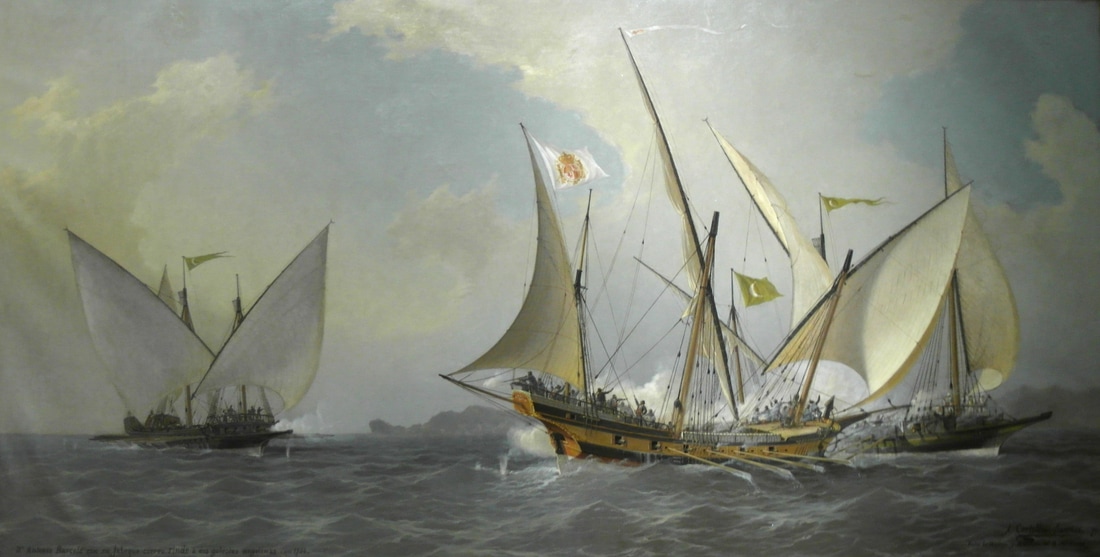
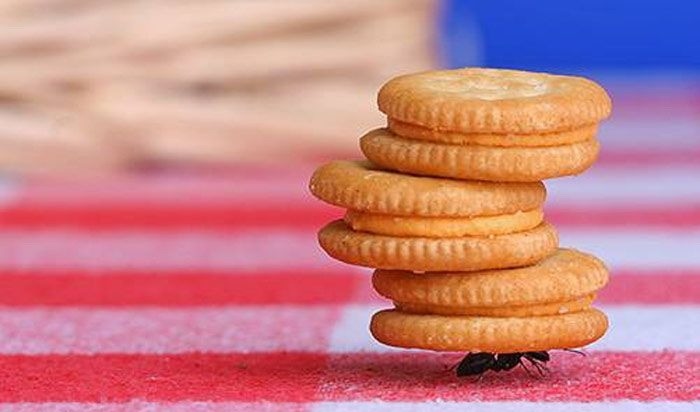
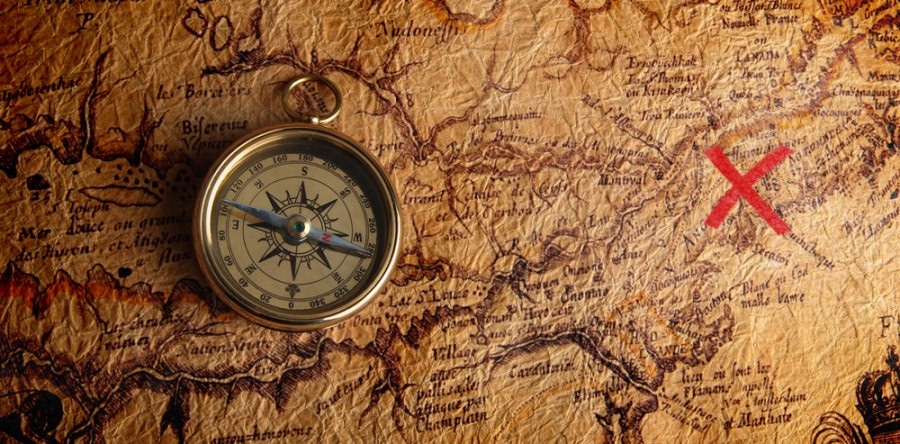
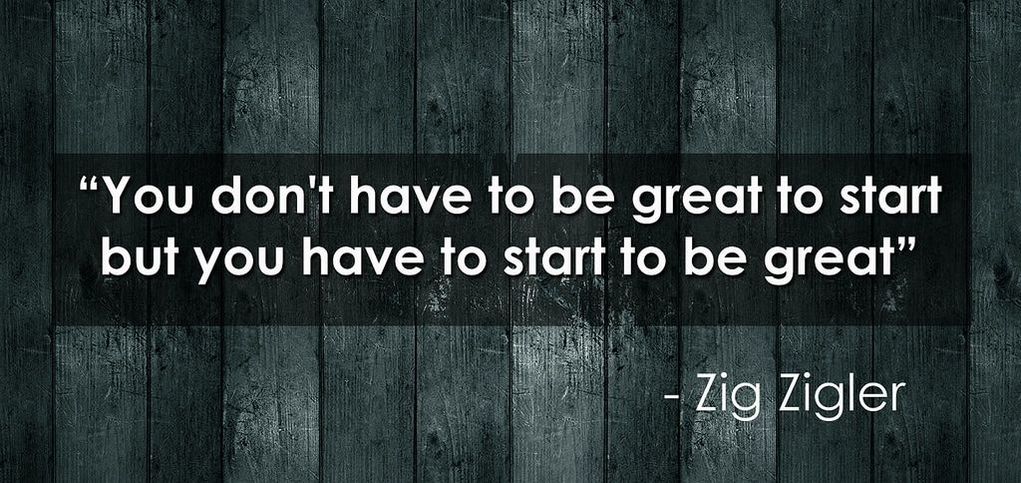
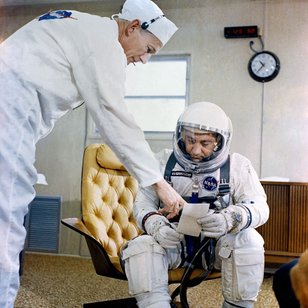
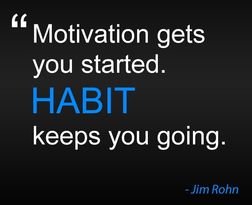
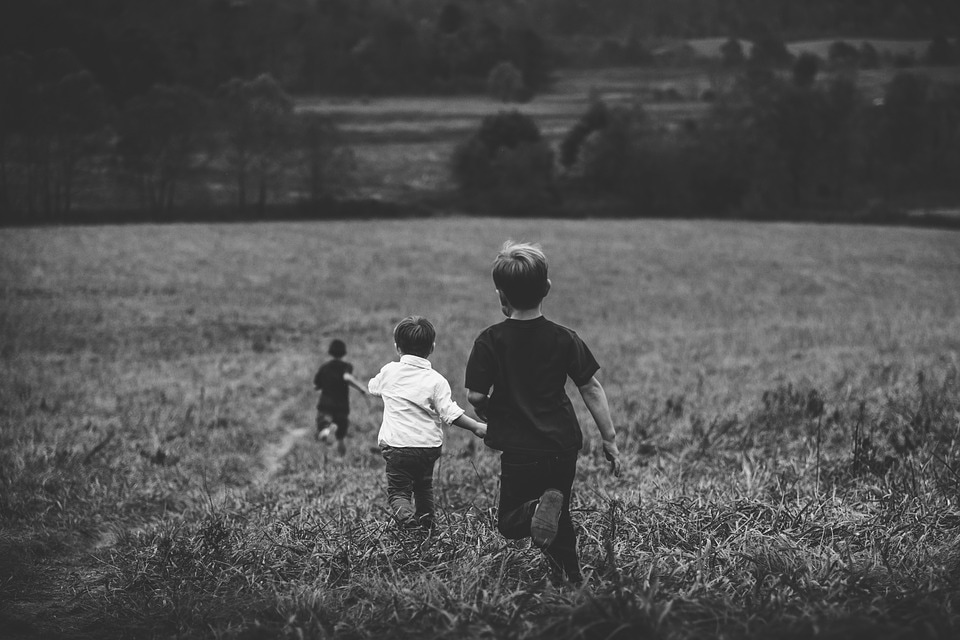
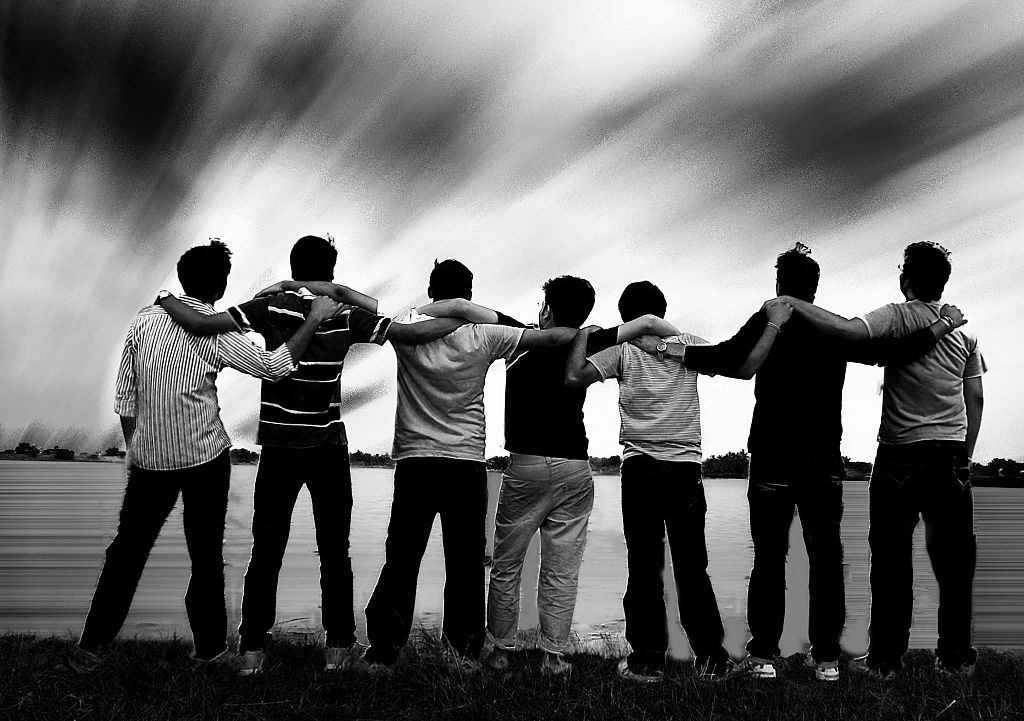
 RSS Feed
RSS Feed